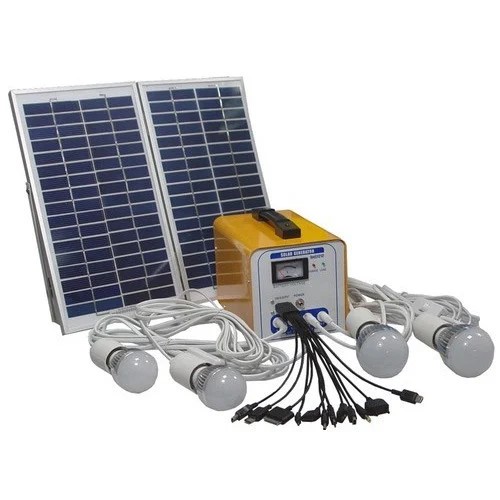Technological Advancements: Solar panel efficiency has improved steadily over the years, leading to more energy generation per unit area. Additionally, advancements in battery storage technology have enabled solar home systems to store excess energy for use during periods of low sunlight or at night, increasing their reliability and usability.
Product Diversity: The past decade has seen a proliferation of solar home system products tailored to meet the needs of different consumer segments. From small-scale systems designed for off-grid rural households to larger systems capable of powering entire homes or businesses, there is now a wide range of solar home solutions available in the market.
Affordability and Accessibility: Falling prices of solar panels and batteries, combined with supportive government policies and financing mechanisms, have made solar home systems increasingly affordable and accessible to a broader range of consumers. This has led to rapid adoption in both rural and urban areas, particularly in regions with limited access to centralized electricity grids.





